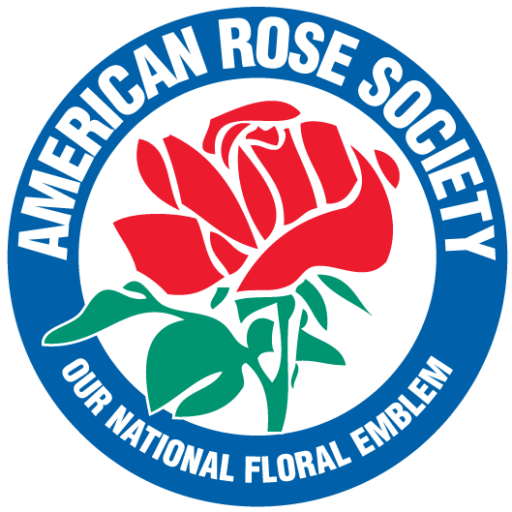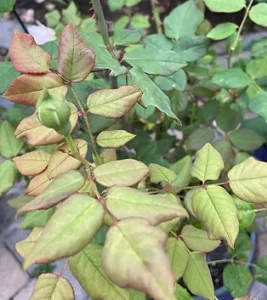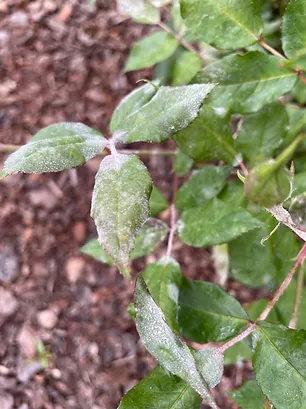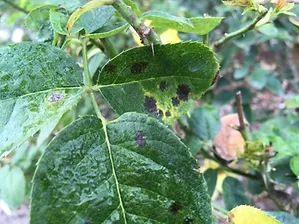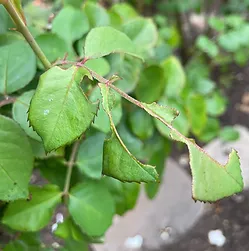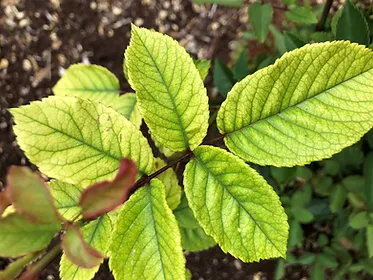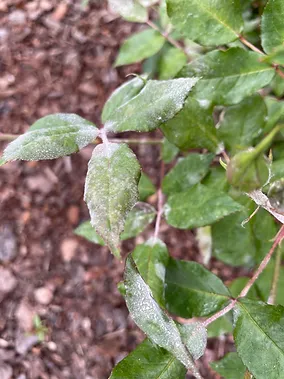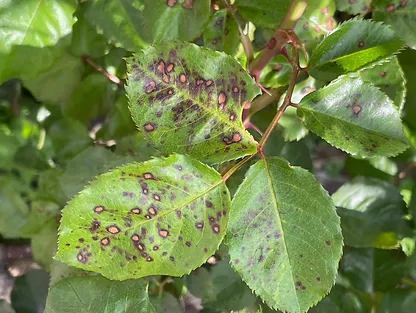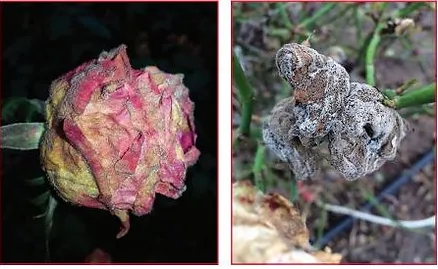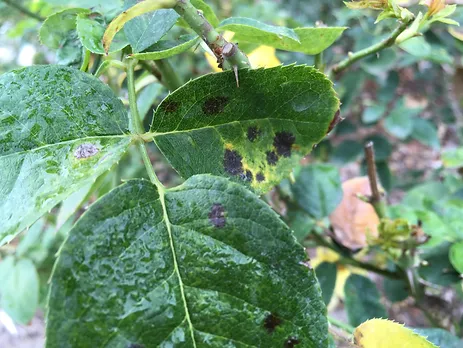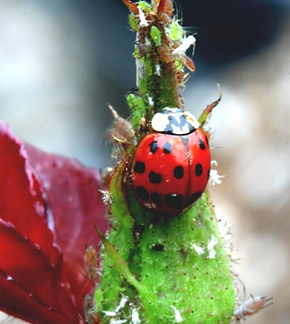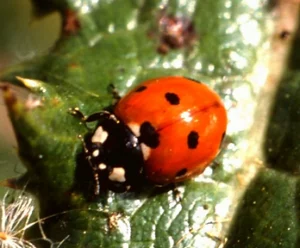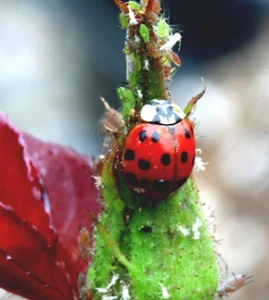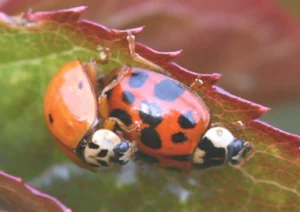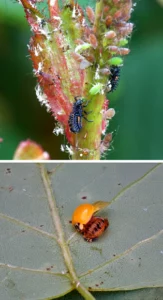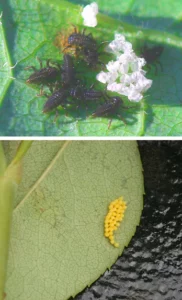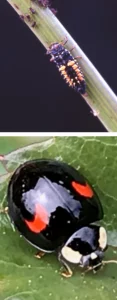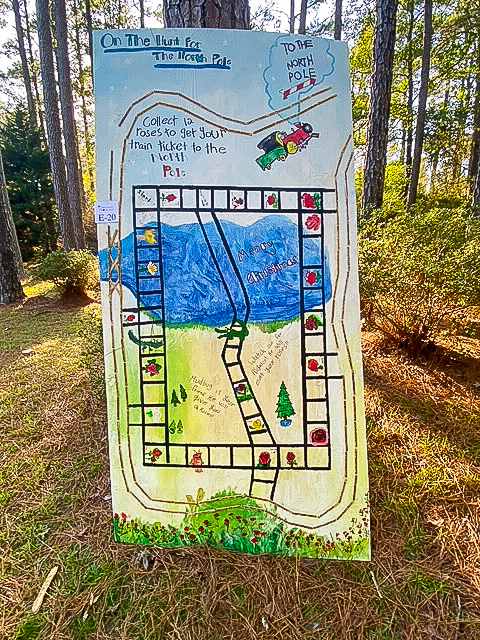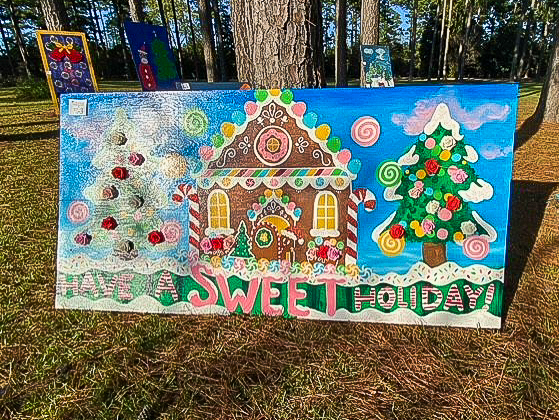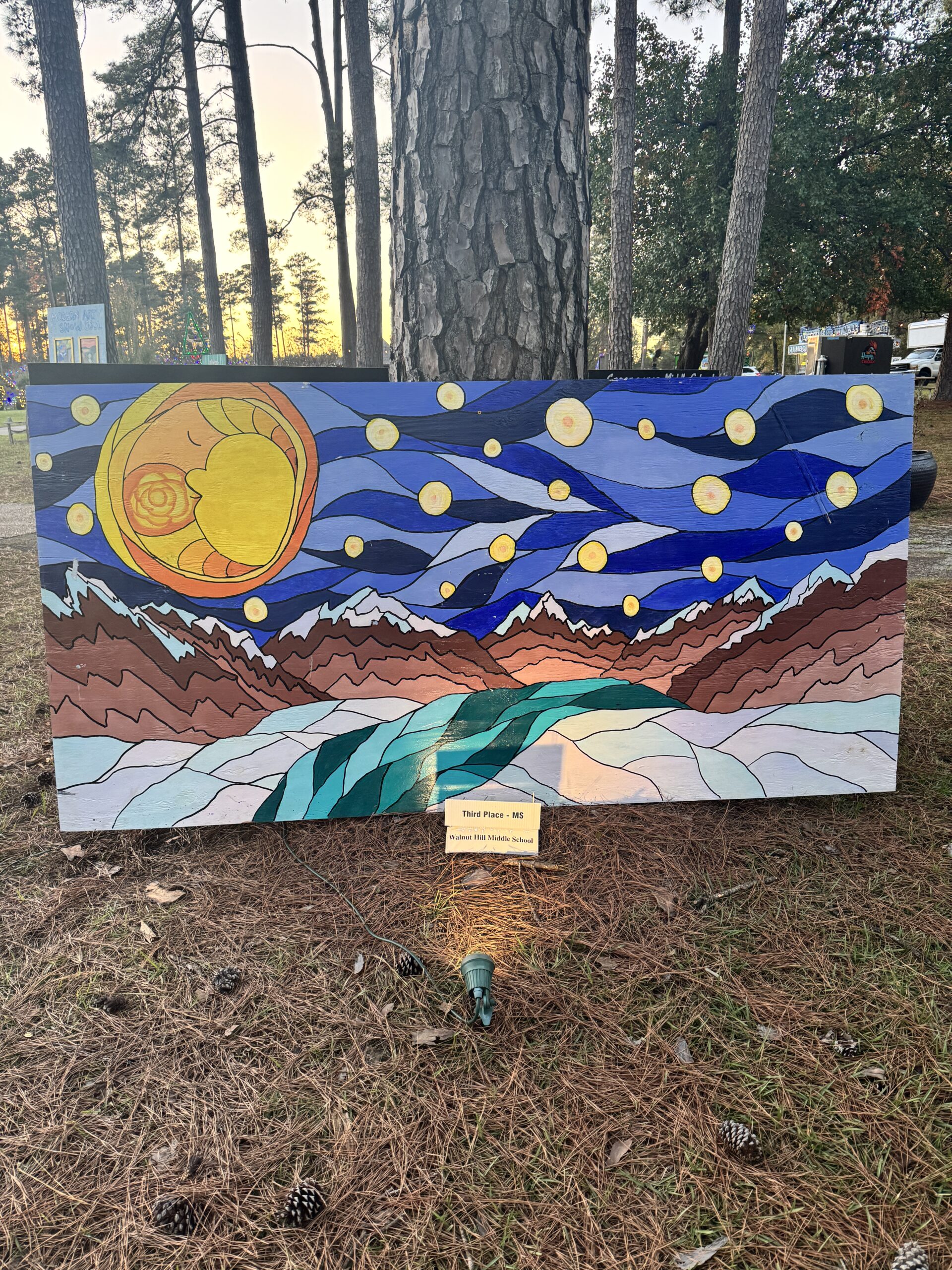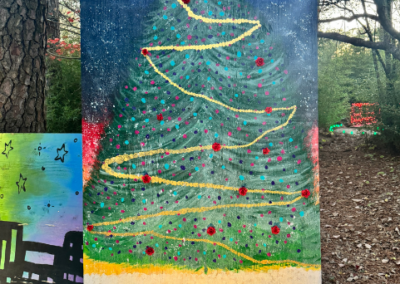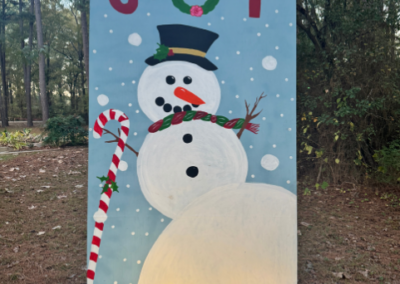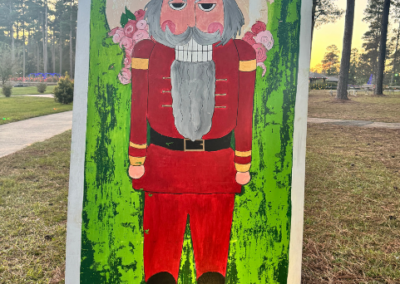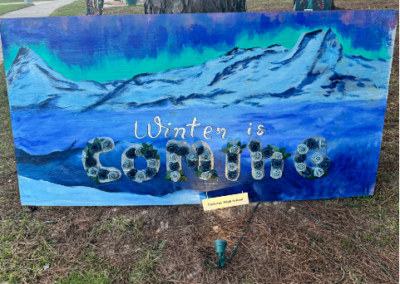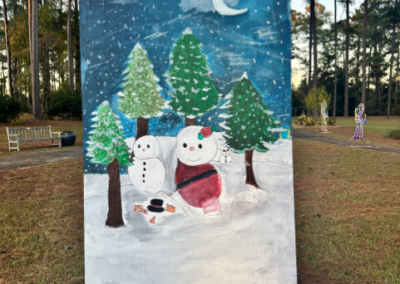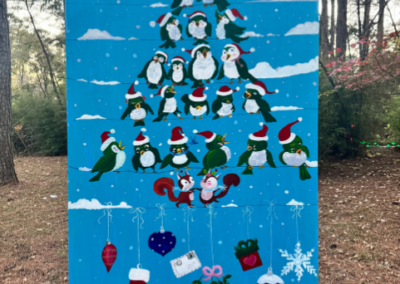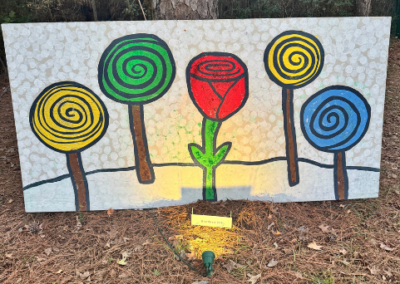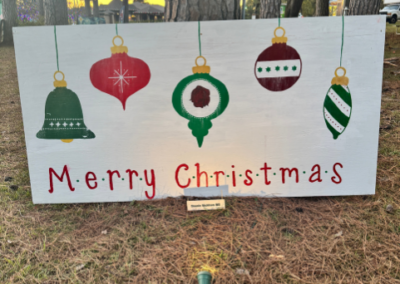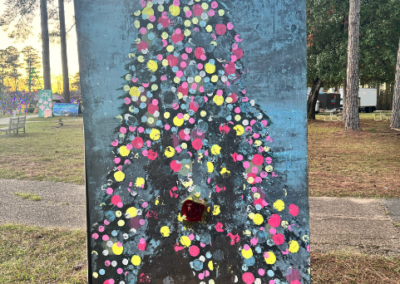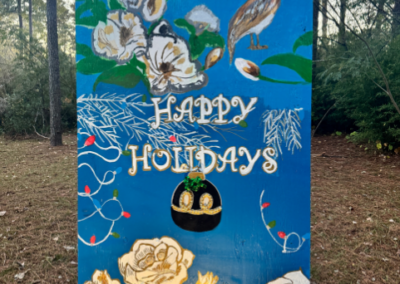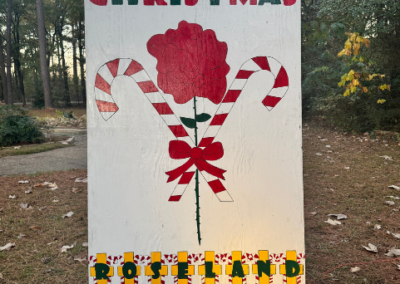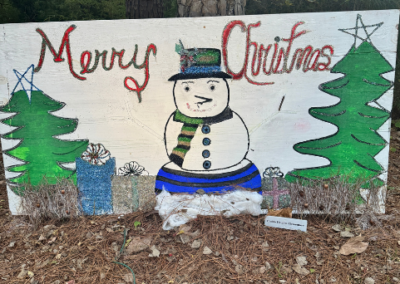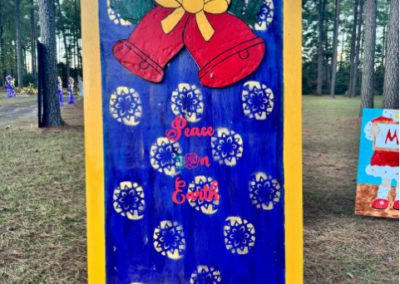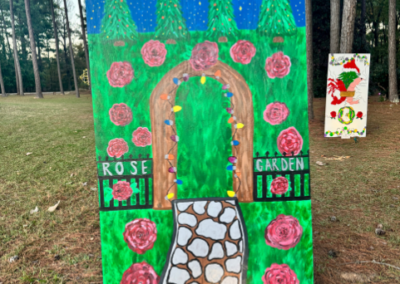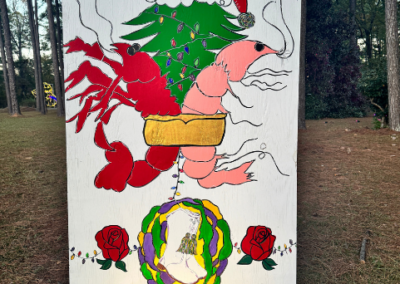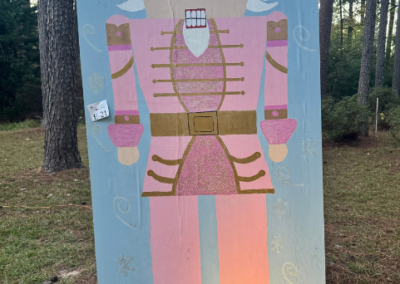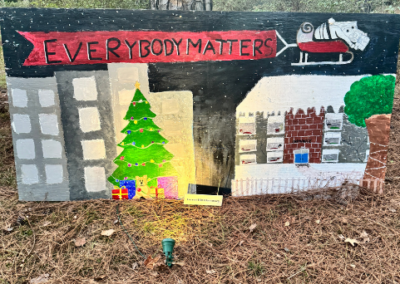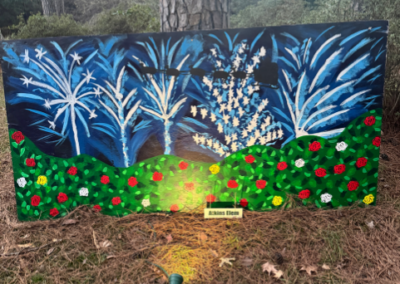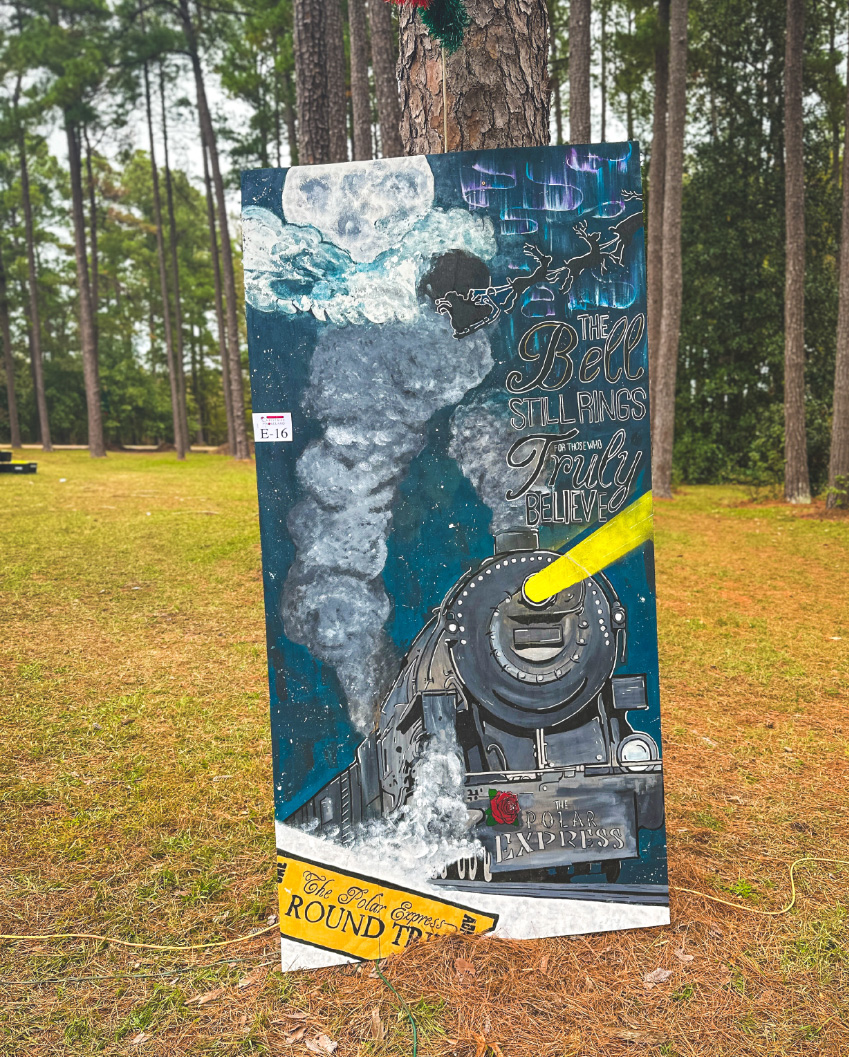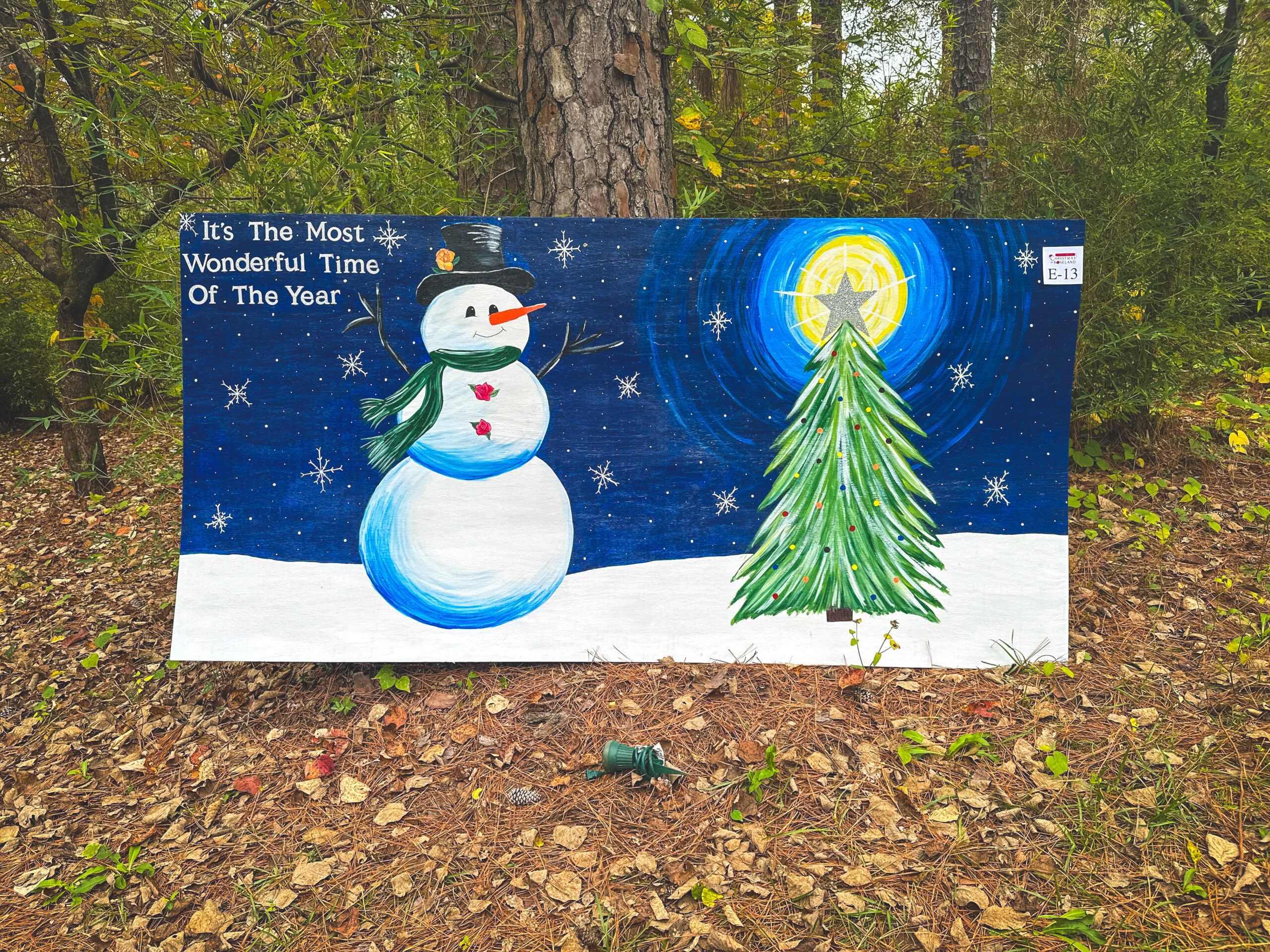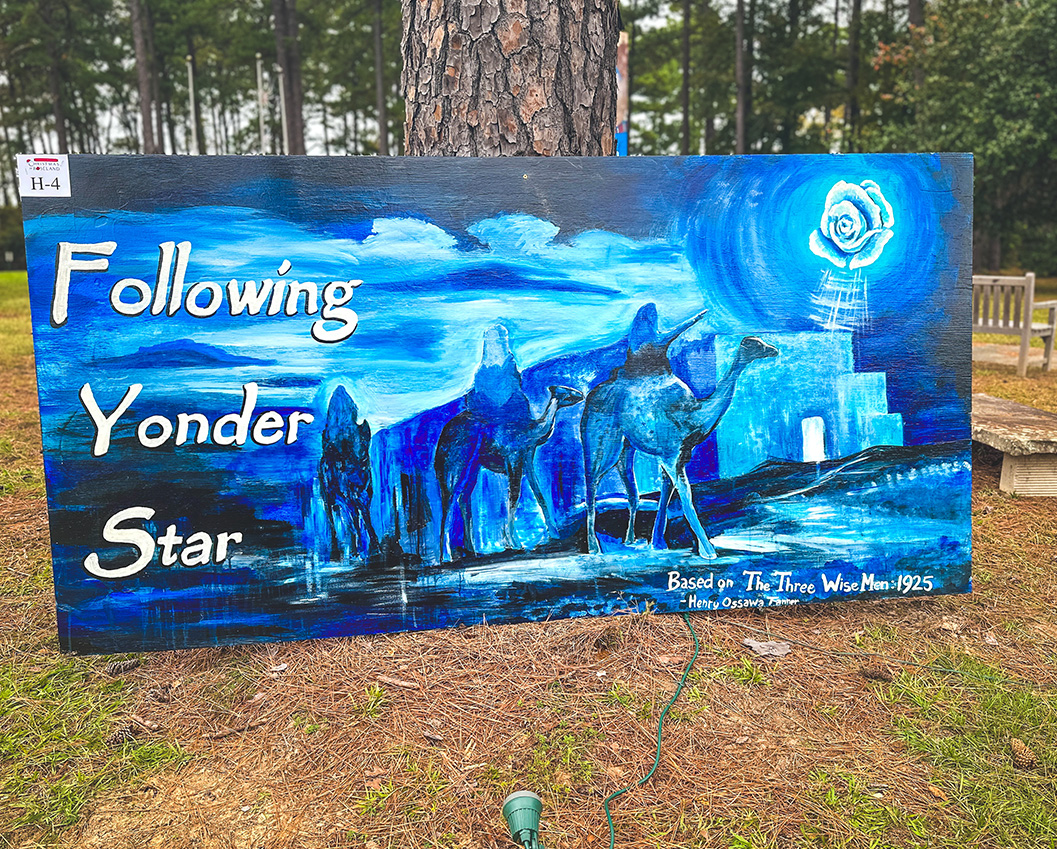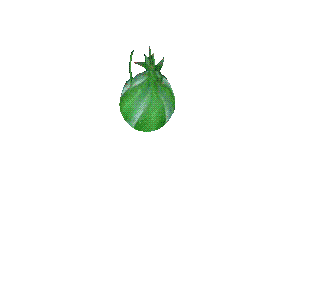James E. Armstrong
Consulting Rosarian, San Francisco Rose Society
NCNH 2009 Award of Merit article
Deer, and gophers, and raccoons, and skunks—O My! With a few apologies to Dorothy and Toto, and since June is the second “holding” month in our rose gardens, I’ve decided to take this opportunity to give a little advice on a topic that is one of my most challenging and frustrating rose growing issues: “Destructive Critters in the Rose Garden.” But first, one quick nag to urge you to keep up your basic schedule of watering, fertilizing, deadheading, and controlling insects and fungal diseases. I’m even attempting to follow my own advice and keep on top of that stuff this year. Call me selfish, but I want loads of blooms until late October.
One thing most gardeners in San Francisco can be thankful for is that they probably do not have to deal with deer munching on their roses. (Animals I fondly think of as “rats with hooves.”) But for those of us in the “burbs,” it can be quite a different story. Although I live on one of the busiest residential streets in Pacifica, the deer trot right down from the hills to feast upon my roses. Although a hungry deer will eat an entire bush, thorns and all, they especially like to eat plump buds just before the flowers open. When the deer first discovered my front garden many years ago, they consumed an entire bloom cycle in just two nights.
I have read of many interesting methods of repelling deer; everything from applications of coyote or lion urine, to placing bags of human hair around the roses, or stringing pieces of Lifeboy soap around the garden’s perimeter. The only thing that everyone agrees works is to build an eight foot fence. Fortunately, I’ve had excellent success with a much simpler method. As soon as I notice that buds are missing, I spray with a mixture of one teaspoon of Chinese hot pepper oil (make sure you get the kind without the pieces of hot pepper in it) and one raw egg per quart of water. I add it to my regular spray materials and it really seems to work. Since I use two gallons of mixed spray for my 200 or so roses, I place 8 shelled raw eggs and 8 teaspoons of hot pepper oil in a blender and add 10 ounces of cold water and blend on low until thoroughly mixed. I measure out two gallons of water, dump 10 ounces, and add the water and fungicides (and insecticides if needed) to my sprayer. I add the egg/oil mix to my sprayer last and mix well. Although the mix will wash off in the rain or foggy summer drizzle, I find I only need to use it twice a year or so. Apparently a hot mouth makes a big impression on a deer!
Gophers are an equal opportunity pest to city and suburban gardeners alike, and they are by far my biggest “critter” problem. Just last week my Iceberg seemed to be dieing, and the whole bush came right out of the ground with just a gentle tug. There was not a single root left! I’ve tried inserting poison in the gophers’ tunnels (and why would an animal that eats roots eat poison mixed with grain anyway?); I’ve tried the battery powered sonic vibration gadgets (I think they enjoyed the “good vibrations”); I’ve tried sprinkling a granulated mole/gopher repellant around each bush (its supposedly used by golf courses) and can’t decide if it had any effect or not. I even tried a device that you attach between your car’s exhaust pipe and a garden hose, stick the hose into a gopher hole, turn on the car, and supposedly gas the evil little critters to death. This concept seemed so logical to me that when my first effort was unsuccessful, I bought another one of the devices and connected it to our second car and placed the second hose into a different gopher hole and ran both vehicles for an hour to make sure there was plenty of carbon monoxide flooding the gophers’ tunnels. I’m fairly sure the gophers are still laughing about that effort. I have sought advice from the rosarian the Monterey Bay Rose Society has nicknamed the “Gopher Queen” and discovered that she traps and “disposes” of 60 or so gophers a year from her country garden. You have to dig up a small middle section of a gopher tunnel and place the trap so that the tunnel runs right through it. When a gopher walks into the trap, doors slam closed and a little flag pops up to let you know that you have a live gopher in your trap. Then you “dispose” of the living gopher. While I fully admit that I want all of my gophers to die, I just haven’t been able to make myself be that “up close and personal” in their demise.
I have settled into a not so peaceful coexistence with my gophers. Although I might be fooling myself, (after all “da Nile” is not just a river in Egypt!) I try to apply the repellant as often as the label recommends. But far more importantly, every rose I have planted in the ground in the last three years is protected by a “gopher basket.” Gopher baskets are strong wire baskets that you use to “line” the hole before you plant a rose bush. When a gopher tunnels up to the bush, it is confronted by strong wire that it can’t chew through, and the roots are protected. (Although it is probably too much to hope that the gopher breaks its teeth on the wire so it can’t consume the roots of my unprotected roses!) At least two companies make gopher baskets, and I have used both. They come in one, five and fifteen gallon sizes. Although the fifteen gallon size claims it is for trees, and the five gallon size claims it is for shrubs, I only recommend using the fifteen gallon size for rose bushes. If you use a five gallon, the majority of the bush’s roots will grow through the basket into the surrounding soil where the gophers will happily munch them down to the edge of the basket. The baskets come flat with the top few inches painted green. You have to open them into a basket shape and place the opened gopher basket into the hole and then plant the rose bush inside the basket. Make sure you leave the green section above the surface of the soil, or gophers will climb over the top of the basket and think they have landed in Nirvana. Although most of the large “home and garden” centers do not carry gopher baskets, both Sloat and Regan’s do, but it is always a good idea to call in advance to make sure they have the fifteen gallon size in stock. If you are putting in a whole flower bed, you may want to consider lining the entire bed with gopher proof wire.
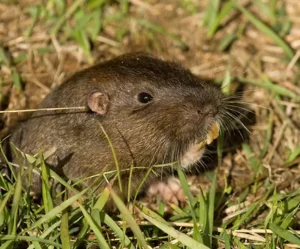
Raccoons are usually only a minor nuisance, occasionally knocking over pots as they search for grubs. However, ten years ago I read an article that advocated placing several sheets of newspaper over bare ground and then covering it with a layer of mulch to keep weeds from sprouting. Since newspaper is free (and you all know how I love free gardening things) I decided to give it a try. In very short order, the raccoons dug through the mulch, encounter the newspaper, and ripped it into little pieces that scattered all over my garden. Sometimes you get what you pay for!
I’ve never had skunks bother my garden, but skunks are always a potential threat to the gardener! Skunks are nocturnal animals, and I often go into my garden after dark. Several years ago I went into my back garden and walked directly over to the side to check on some recently started cuttings. I heard a noise, and when I turned towards the noise, my flashlight illuminated the business end of a skunk, tail held high, only two or three feet away from me. I pulled “the deer in the headlights” routine, and froze in place while I watched the skunk walk slowly and majestically to the back of my garden and disappear. If you live in an area with skunks (and they are fairly common in some San Francisco neighborhoods) whenever you’re about to go into your garden at night, first shine your flashlight all around the area you’re walking towards to make sure you don’t have any unexpected visitors. Further, skunks are one of the most common carriers of rabies. If you ever see one out in the daytime, especially if it appears lethargic or sick, do not approach it and call animal control.
